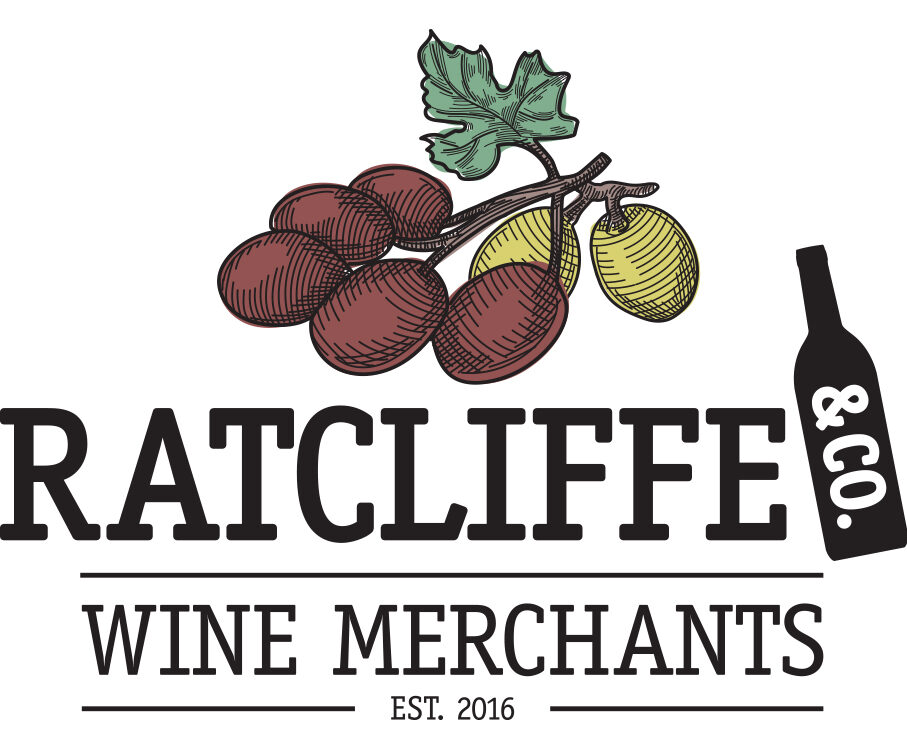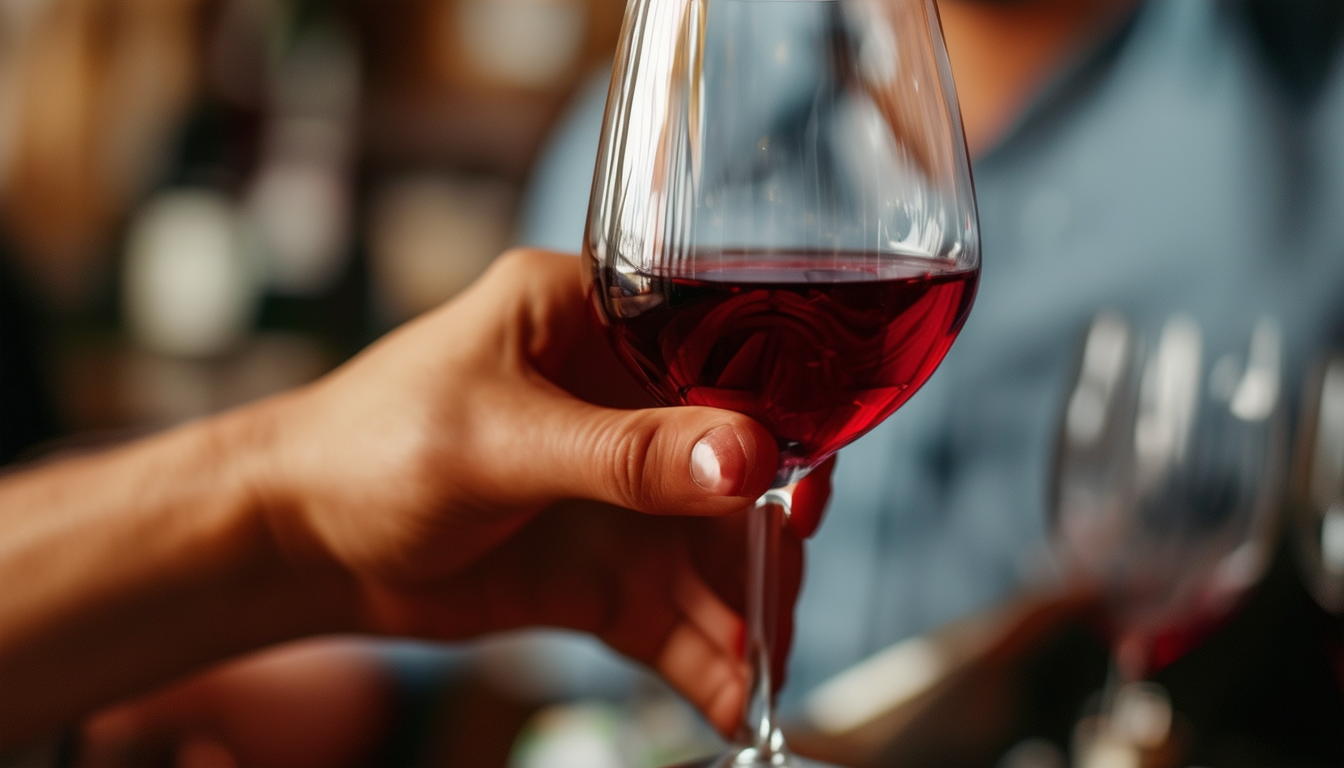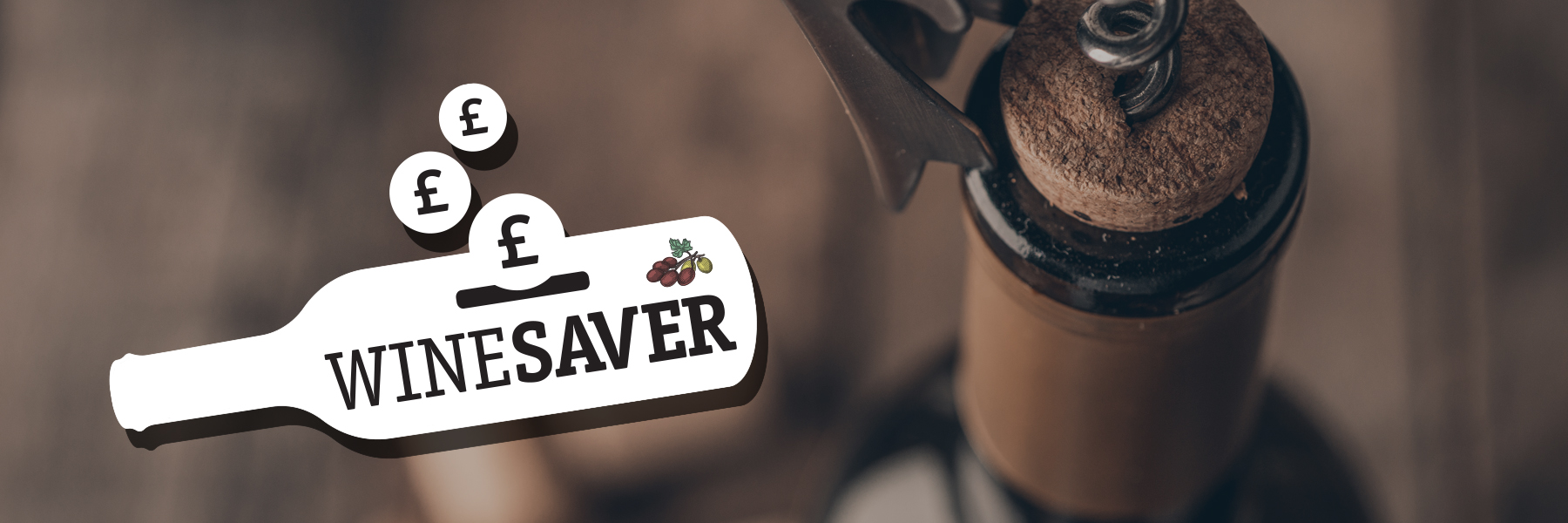You sip the wine and think – there must be more I can taste here than just grapes. The subtle notes woven into that glass contain clues to the wine’s origins and qualities. But decoding them takes knowledge and practice. Wine tasting seems intimidating at first, but with a few simple techniques you can unlock those complex flavours and start to appreciate wine at a whole new level. This guide will walk you through the basics, from proper tasting procedure to detecting key characteristics like tannins and acidity. You’ll gain the confidence to swirl, sniff, and sip like a pro. Soon you’ll be picking out scents and flavours that speak to a wine’s essence and terroir. So grab a glass and let’s get tasting – a new world of wine wisdom awaits.
Professional wine tasting
Professional Sommelier’s go by the 5 S’s when professionally tasting wines, these are Sight, Swirl, Smell, Sip and Savour. Firstly, look at the wine’s appearance by holding it up to the light. Note the colour and opacity – is it deep ruby or pale straw?
Next, swirl the glass gently to release the wine’s aromas. Stick your nose in and take a few short sniffs to detect primary aromas like fruit, flowers or herbs.
Now sip the wine and slurp in some air to further unleash its flavours. Swish it around your mouth, noting the body, tannins, acidity, sweetness and any secondary flavours like oak, spice or earth.
As you swallow or spit, consider the wine’s finish – how long do those delightful tastes linger? Finally, make some summarising notes on the wine’s overall style, quality and your personal impressions.
DEVELOP YOUR PALATE
The more you taste, the better you’ll get at detecting those subtle nuances. With experience, you’ll soon be able to pinpoint a wine’s strengths and weaknesses like a pro. It just takes an open mind – and an open bottle!
Steps to tasting wine like a pro
Step 1 – Check the wine
CLARITY
Believe it or not, clarity is king when it comes to wine tasting. Before you even think about swirling or sipping, give that glass a good once-over. Is the wine brilliantly clear or a bit cloudy? A clear wine is typically a sign of quality – any haziness could mean trouble.
COLOUR
Once you’ve checked for clarity, take a peek at the colour. Tilt that glass and hold it up to the light. The wine’s hue can tell you a lot about its age and grape variety. For example, a rich, deep red likely means a bold, aged red wine. A pale straw colour? You’re probably looking at a crisp, young white.
DENSITY
Now for the fun part – give that glass a swirl! This releases all those delicious aromas. Take a few deep whiffs. Can you pick up any fruit notes? Floral or spice aromas? The smell sets the stage for what’s to come on the palate. If it smells good, it’s going to taste even better.
Step 2 – Swirl and sniff
Before you take that first glorious sip, give your glass a gentle swirl. This allows oxygen to mingle with the wine, helping to release its delightful aromas. Don’t be too vigorous – you want to coax out the fragrance, not create a mini-whirlpool!
Now lean in and take a nice, deep inhale its what we call “nosing” the wine. Breathe in those luscious scents slowly, letting them swirl around your senses. Close your eyes if it helps you focus. You may detect fruity notes, floral hints, earthy undertones – a whole kaleidoscope of aromas waiting to be discovered.
Don’t worry if you can’t pinpoint every single aroma right away. Wine tasting is a journey, and your nose will become more attuned with practice. Simply enjoy the experience and see what delightful surprises reveal themselves.
Step 3 – Sip it
Now for the fun part – take a small sip of the wine and let it swirl around your mouth. Don’t gulp it down yet!
Tilt your head back slightly and pay attention to how the wine feels on your tongue. Is it tart and zesty or smooth and mellow? The acidity level gives clues about the wine’s character.
As you swallow, notice the lingering flavours – this is called the “finish” or aftertaste. A long, pleasant finish is a sign of a quality wine. Take your time exploring the different notes before cleansing your palate for the next sip.
With just a small amount of wine, you’re starting to awaken all your senses. Savour the journey as you discover new aromas, textures and tastes with each delightful sip.
Step 4 – Score it
Alright, you’ve gotten this far – now it’s time for the real test. This is where a professional wine taster would critically analyse and score the wine. It’s all about evaluating the structure, balance, intensity and complexity of flavours.
At this stage, you can make an informed judgment on the wine’s overall quality. Take your time to consider how all those aromas and tastes come together. Do they harmonise beautifully or clash awkwardly? Is there a nice evolution of flavours or does it fall flat?
Understanding quality is also key to appreciating how this correlates to the price tag. A well-made, complex wine from a renowned region will rightfully command top dollar. But an unbalanced, simple pour? That’s when you’ll want to seriously question the cost.
So there you have it – a quick intro into the art of wine tasting. Don’t stress if you don’t pick up on all the notes and aromas right away. Developing a refined palate takes time. The key is to have fun, experiment, and keep challenging yourself. Try different varietals, regions, and vintages. Take notes, read up, and chat with others passionate about wine. Most importantly, follow your senses and trust your intuition. The more wines you taste, the better you’ll get at teasing out subtle flavours. Before you know it, you’ll be detecting earthy tobacco in Riojas and blackcurrant in Cabernet Sauvignons. But for now, grab a glass and start exploring the diverse, exciting world of wine!
Did you know?
• The power of bread 🥖
Did you know chewing on a plain piece of bread can cleanse your palate between wines? It helps reset your taste buds so you can better appreciate each wine’s distinct flavors.
• Sickness strikes senses 😷
Being under the weather with a cold or stuffy nose can severely dull your sense of smell and taste. So avoid tasting wines when you’re feeling unwell – the experience just won’t be the same.
• Food pairings unlock flavours 🍽️
The character and flavours of wine can transform dramatically when paired with different foods. Trying the same wine with various dishes is an eye-opening way to explore a wine’s versatility. Who knew a humble Chardonnay could taste so different with seafood versus a rich, creamy pasta?




